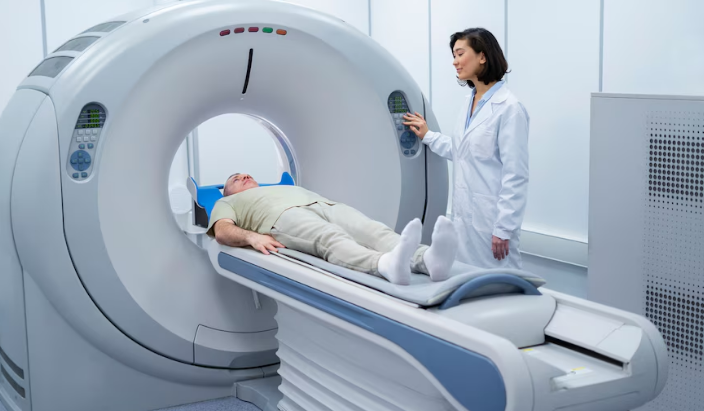Cancer treatment has evolved significantly over the years, moving towards more personalized and comprehensive approaches. One such approach is combination therapy, where multiple treatment modalities are used together to improve patient outcomes. Radiation oncology Treatment plays a critical role in this integrated treatment strategy, often working alongside surgery, chemotherapy, and immunotherapy. This blog explores how radiation therapy complements these treatments to provide comprehensive cancer care.
Radiation Therapy and Surgery
Preoperative Radiation Therapy: Radiation therapy is sometimes administered before surgery to shrink tumors, making them easier to remove. This approach can be particularly beneficial for cancers that are difficult to operate on due to their size or location. By reducing the tumor size, radiation therapy can increase the likelihood of complete surgical removal and decrease the chances of leaving behind cancerous cells.
Intraoperative Radiation Therapy (IORT): Intraoperative radiation therapy (IORT) involves delivering a concentrated dose of radiation to a tumor site during surgery. This method allows direct targeting of cancer cells while sparing surrounding healthy tissues. IORT is especially useful in treating cancers where clear surgical margins are challenging to achieve.
Postoperative Radiation Therapy: After surgery, radiation therapy can be used to eliminate any remaining cancer cells that the surgeon could not remove. This adjuvant therapy helps reduce the risk of cancer recurrence and is often employed in cancers of the breast, head and neck, and gastrointestinal tract.
Radiation Therapy and Chemotherapy
Concurrent Chemoradiation: In many cases, radiation therapy and chemotherapy are administered simultaneously, a strategy known as concurrent chemoradiation. This combination enhances the effectiveness of both treatments. Chemotherapy can sensitize cancer cells to radiation, making them more susceptible to radiation damage. Concurrent chemoradiation is commonly used for cancers of the cervix, esophagus, and head and neck.
Sequential Therapy: Radiation therapy and chemotherapy can also be given sequentially. This approach allows each treatment to work independently but within a coordinated plan. For example, chemotherapy might be given first to shrink the tumor, followed by radiation therapy to target the remaining cancer cells. This sequential approach is often seen in treating lung and colorectal cancers.
Radiation Therapy and Immunotherapy
Enhancing Immune Response: Immunotherapy, which boosts the body's immune system to fight cancer, can be enhanced by radiation therapy. Radiation can increase the visibility of cancer cells to the immune system by causing them to release antigens that trigger an immune response. This process, known as the abscopal effect, can help immunotherapy work more effectively.
Overcoming Resistance: Some cancers develop resistance to immunotherapy, but radiation therapy can help overcome this challenge. By altering the tumor microenvironment, radiation can make cancer cells more vulnerable to immune attack. Combining radiation with immunotherapy has shown promise in treating melanoma, lung cancer, and certain types of lymphomas.
Comprehensive Cancer Care: The Benefits of Combination Therapy
Improved Survival Rates: Combining radiation therapy with other treatments has been shown to improve survival rates for many cancers. This integrated approach can lead to more effective tumor control, reduce the risk of recurrence, and enhance the overall quality of life for patients.
Personalized Treatment Plans: Every cancer patient is unique, and combination therapy allows for personalized treatment plans tailored to individual needs. Oncologists can adjust the timing, dosage, and sequencing of treatments to maximize effectiveness and minimize side effects.
Reduced Side Effects: Using multiple treatments together can sometimes reduce the side effects associated with high doses of a single therapy. For example, lower doses of radiation and chemotherapy can be used when combined, reducing the risk of severe side effects while maintaining treatment efficacy.
Conclusion
Radiation oncology is a vital component of combination therapy in cancer treatment. By working synergistically with surgery, chemotherapy, and immunotherapy, radiation therapy helps provide comprehensive and effective care. This integrated approach not only improves survival rates but also offers a personalized and balanced treatment strategy that considers the unique needs of each patient. As research continues and new therapies emerge, the role of radiation oncology in combination therapy will undoubtedly expand, offering new hope and improved outcomes for cancer patients worldwide.





Comments